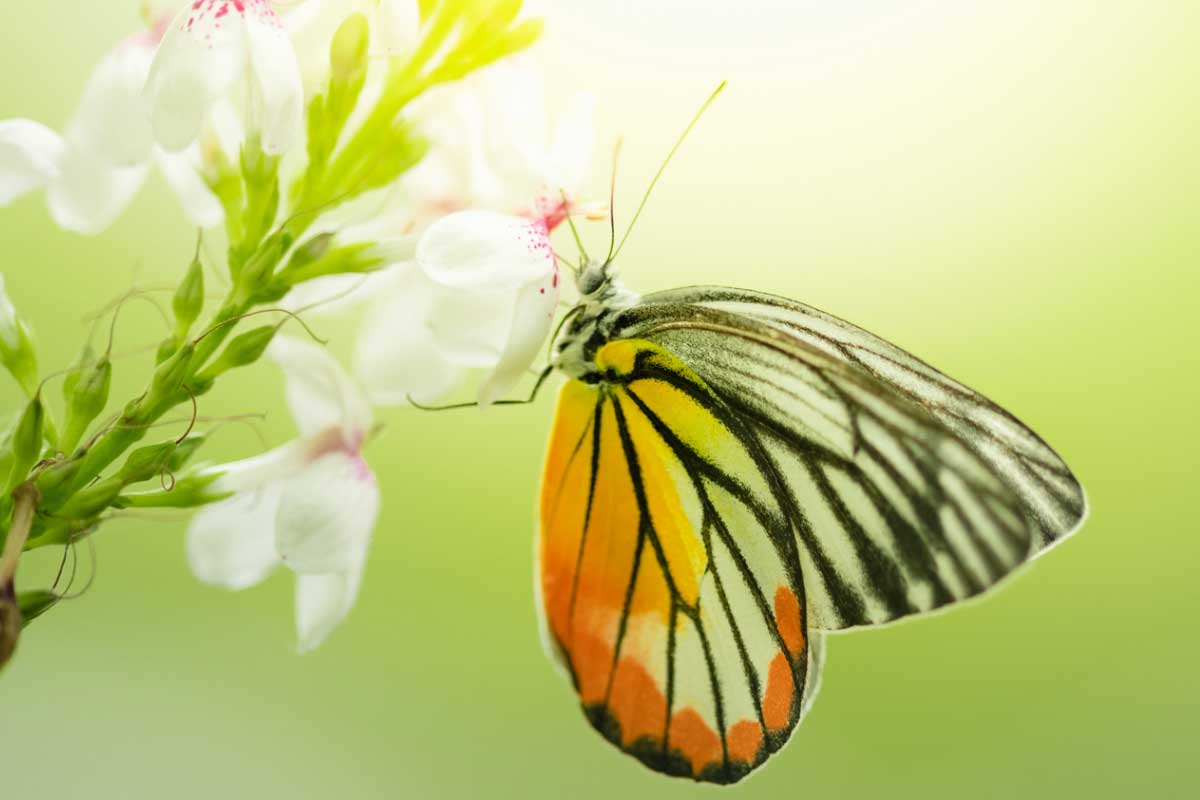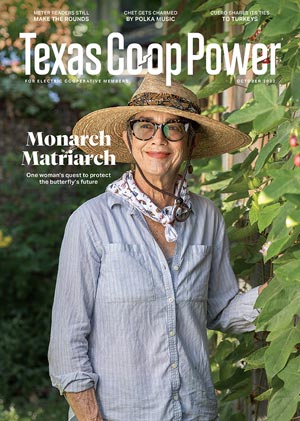Medina Electric Cooperative is committed to preserving and maintaining good stewardship of any natural resources that we may have an impact on, which is why we’ve created an environmental stewardship program.
One part of this program is Medina EC’s new monarch waystation, hosted at our corporate office in Hondo, which benefits the recently endangered species. Since one of this month’s feature stories in Texas Co-op Power is about praising pollinators, we asked our certified wildlife biologist, Paula Pohler, to answer a few questions!
What is a monarch waystation?
Monarch waystations provide resources for monarchs during their migration from Mexico. Planting a waystation is a simple way for providing a food source for not only monarchs and other butterfly species but also bees and other pollinators. Texas is a monarch migratory funnel, and it is important that we provide the resources they need during spring and fall migrations.
What are the requirements for it to be official?
- Plant milkweed! This is a monarch’s host plant and the only one that they can use for its egg and larva stages.
- Plant one or more perennial nectar plants and one or more annual or biennial nectar plants.
- Participate in at least one sustainable management practice such as watering the plot, stopping insecticide use or mulching.
- Submit your efforts on MonarchWatch.org.
What is Medina EC doing to protect pollinators?
We make many concerted efforts to protect natural resources across our service area, and pollinators are one of those natural resources. We educate members and local communities on the importance of pollinators and what they can do to help.
What can members do to help protect and attract pollinators?
Members can create their own monarch waystation! Adding just a couple of pollinator plants in your landscaping can make a difference. You can also encourage your local schools and other public spaces to grow pollinator plants. Be mindful of pesticide and herbicide sprays and wind-driven drafts when spraying them. Many of these sprays can negatively affect insects and bees.
Why are native wildflowers important to pollinators?
Planting flowers that are native to the area provide the best food source to pollinators. Being that native plants have already adapted to the environment; they can require minimal amount of water or care when compared to non-native species. They are also not susceptible to as many diseases and reduce the chance of spreading disease that may otherwise be detrimental to pollinators throughout their life cycle.
How do members find out what plants are native to their area?
The Lady Bird Johnson Wildflower Center at Wildflower.org is a great resource to find which plants are native in your part of the state! Visit your local nursery, and if you don’t find what you’re looking for ask them to stock specific plants.
What can be done in the fall and/or winter?
Although wildflowers are typically thought of as a spring plant, many that benefit pollinators begin their growth in the fall. In Texas, fall can be the best time to plant wildflower seeds. If you think about it, this is when they would naturally drop their seeds anyway. With warmer weather, rains and sun, the flowers will bloom in the spring and summer times.
Learn more about Medina EC’s environmental efforts at MedinaEC.org/EnvironmentalStewardship.


